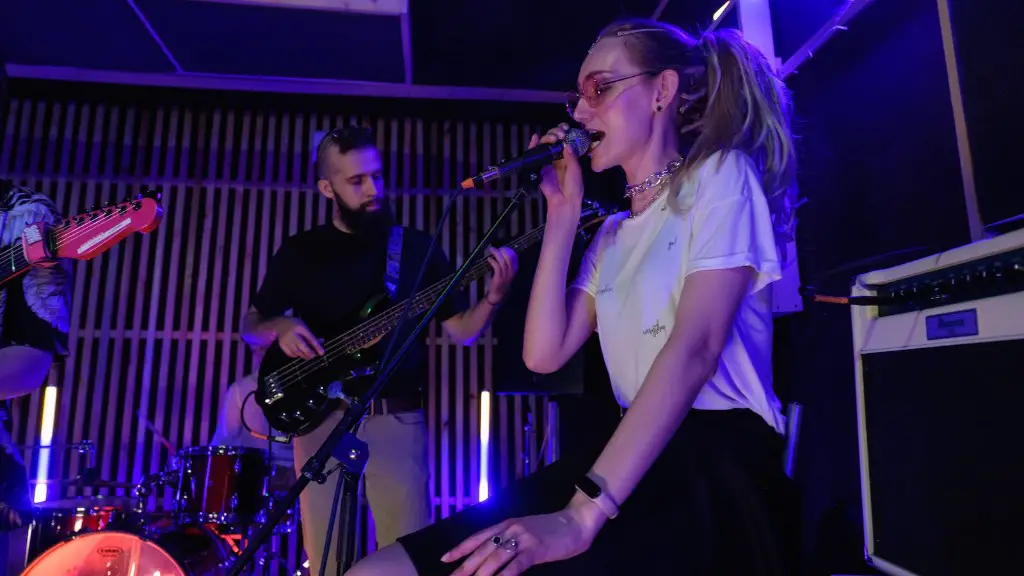Drawing a pterodactyl can be a challenging feat! But with the right technique and tips, you can create a realistic and detailed representation of this ancient species. No longer do you have to rely solely on your memory of old textbooks to create your masterpiece – with a few easy steps, you can draw a pterodactyl that’ll make you feel like you traveled back in time to the prehistoric age. Here’s how:
Step 1: Find a Reference Image
The art of drawing is all about observation. That’s why before you pick up your pencil, you should find a reference image of the pterodactyl you’d like to draw. This can be found in books, online images, or even a picture of a fossil. Pay attention to the lines, colors, and details, so that when you draw it, you can accurately depict the creature.
Step 2: Draw the Basic Outlines
Using a light pencil, start with the basic outlines of the creature’s body and wings. Pterodactyls have very distinct wings, and you should make sure you draw them in proportionate to the size of the body. Don’t forget to add the long tail and the small head. These are what give the creature its unique shape.
Step 3: Add the Details
Once you’ve got the basic outlines, you can start to add the details. Pterodactyls have many intricate textures, so spend some time on the finer details like wrinkles, lines, and feathers that adorn their body. Keep a steady hand when doing this so that you can get the most accurate picture of the creature.
Step 4: Shade and Color
Once you’re happy with the details, you can start to shade and color the pterodactyl. Go for a light and dark contrast as you apply the shading so that it stands out from the rest of the body. Additionally, you can also bring in some color to the creature to make it look lifelike.
Step 5: Add Background Elements
Finally, well-done drawings always have a good background. You can start to add in trees, rocks, grass, or other elements to make the creature look like it exists in a real-world environment. Use your imagination to make this creature come to life and really draw the viewer in.
You now have the basics on how to draw a pterodactyl! Don’t forget to practice as much as you can to perfect your technique. Before you know it, you’ll be able to draw these creatures with remarkable accuracy and grace.
Step 6: Perfect the Wings
In order to truly capture the essence of a pterodactyl, you need to pay special attention to the wings. The veins, bumps on top of the wings, and the way that it appears to be flapping in the air must be recreated precisely. Pay attention to the specific angle of the wing and don’t forget the wrinkles and feathers. The overall result should be a picture of a pterodactyl that looks like it can take off and fly away any second.
Step 7: Get Creative
Once you feel comfortable with the way your pterodactyl looks, feel free to get creative with your masterpiece. Try blending colors to make it look lifelike or adding more details that you think should be included. If you’re feeling especially ambitious, you can even try to draw multiple pterodactyls in the same environment interacting with each other. There’s no limit to what you can do and you should have fun with it!
Step 8: Have Fun with It!
Drawing can be intimidating, but it doesn’t have to be so daunting. Drawing pterodactyls can be a great way to be creative and have fun while learning new technique. If you are feeling stuck, don’t be afraid to turn to online tutorials or magazines for additional help. With a bit of practice, you’ll soon have your very own flying dinosaur!

